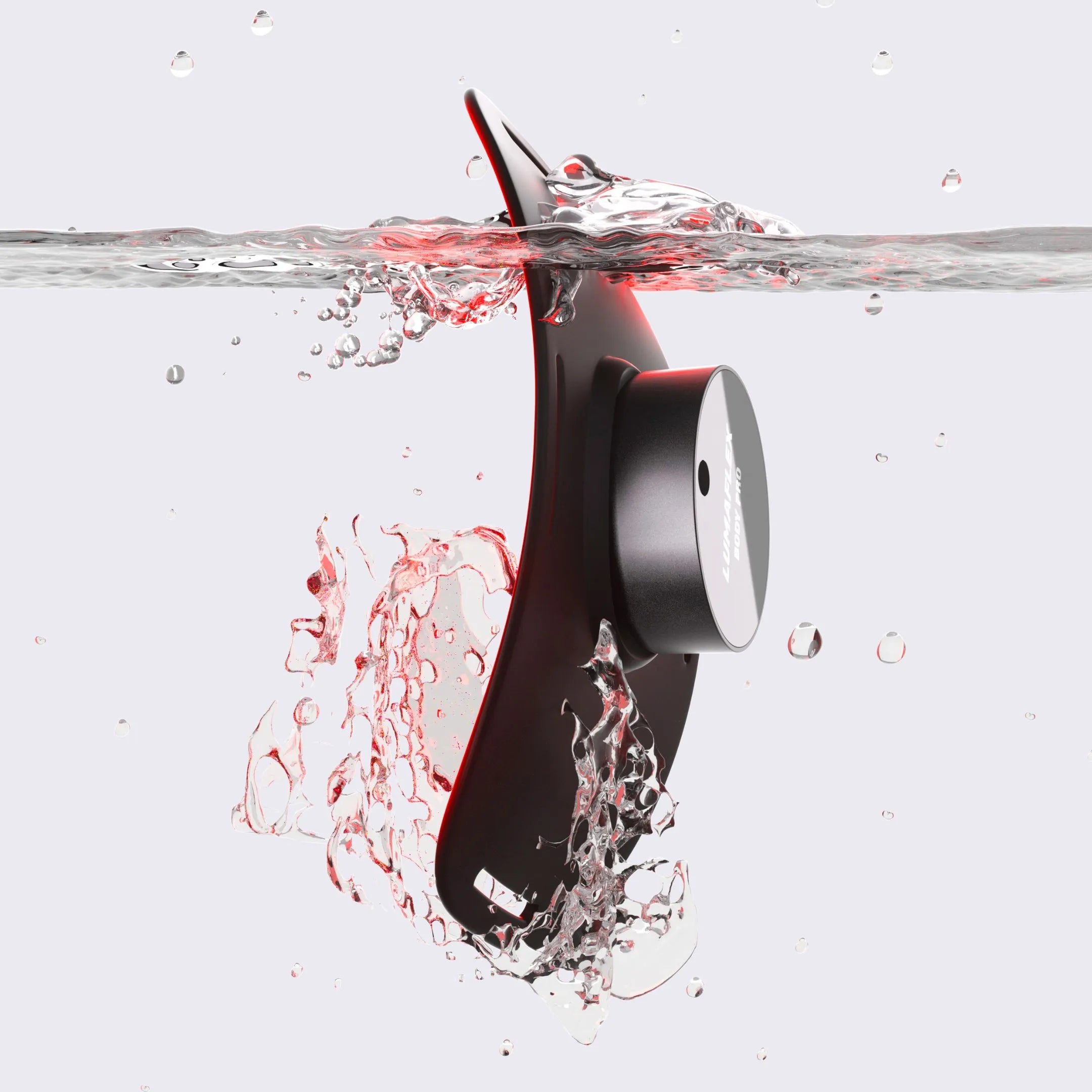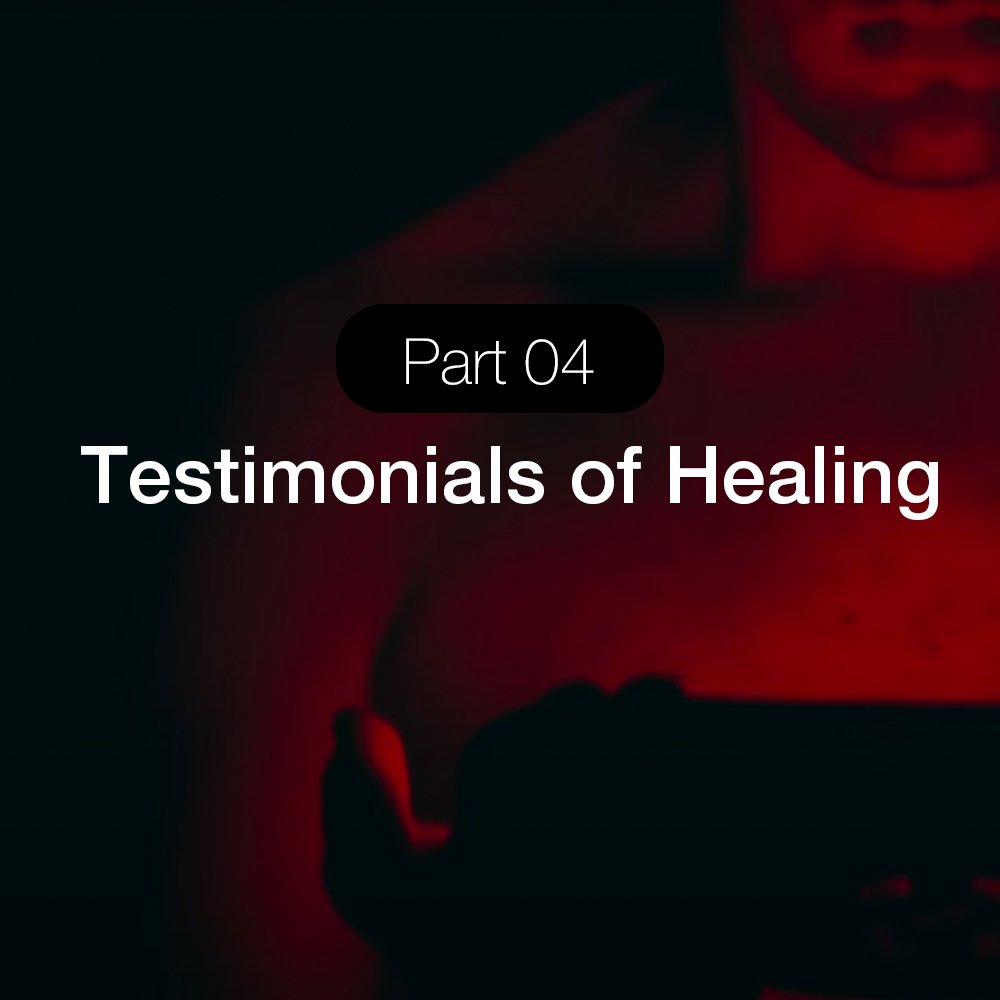Stifle Injury in Horses: 7 Causes, Signs & Treatments
Stifle Injury in Horses: 7 Causes, Signs & Treatments
If you spend enough time around horses, you know how much they rely on strong, fluid movement and how stifle injury in horses can quickly affect performance. Whether they are powering out of the starting gate, taking a careful step on a trail ride, or simply trotting around the pasture, their hind limbs do most of the heavy lifting. At the center of that power is the stifle joint.
When the stifle is injured, even small changes in how your horse moves can quickly become obvious. A missed lead, reluctance to move forward, or a shortened stride often signals that something deeper is happening. Stifle injuries are more common than many horse owners realize, and because of the joint’s complexity, they can be tricky to manage without the right knowledge.
This article walks through what the stifle joint is, how injuries occur, and what you can do to recognize and support your horse through recovery and prevention.

Table of contents
What is the Stifle Joint in a Horse?
The stifle is the largest joint in a horse’s body, located high on the hind leg. It connects the femur (thigh bone) to the tibia (shin bone) and is supported by the patella (kneecap). Think of it as the horse’s “knee”. Its design and function are surprisingly similar to a human knee.
Quick Stifle Glossary
- Equine stifle joint: The joint where the horse’s femur and tibia meet, stabilized by ligaments and cushioned by cartilage.
- Patella (kneecap): A small bone that slides over the joint, helping the leg extend smoothly.
- Meniscus & cartilage: Soft tissues inside the joint that absorb impact and reduce friction.
- Ligaments: Strong bands that hold the bones together and stabilize movement.
Inside the stifle, all these parts work together to provide stability, flexibility, and power. It’s important for movement, balance, and athletic performance, whether your horse is jumping, racing, or simply trotting in the pasture. Because the stifle carries so much weight and absorbs impact, even small injuries can limit mobility and comfort.
Common Types of Stifle Injuries in Horses
Not all stifle problems look the same. Because the joint is made up of so many structures, injuries can range from mild irritation to serious damage. Below are some of the most common conditions vets see:
- Ligament strains or tears These occur when the soft tissue that holds the joint stable is overstretched or torn. Horses may show uneven movement, especially on turns, or even stumble when asked to pick up speed.
- Meniscal injury The meniscus cushions the bones inside the stifle. When it is damaged, the joint may swell and the horse often resists flexion. This type of injury can be slow to heal.
- Patellar fixation (locking stifle) Sometimes the patella, or kneecap, catches and fails to release smoothly. This “locking” leads to a dragging hind limb or a sudden jerky release when the patella finally moves.
- Arthritis or degenerative joint disease With age, heavy training, or previous trauma, the cartilage inside the stifle can wear down. This creates chronic stiffness and discomfort that worsens over time.
- Fractures and bone cysts Though less common, fractures around the stifle or cysts beneath the cartilage can cause persistent lameness and may require advanced treatment.
Each of these injuries presents slightly differently, but they all interfere with the horse’s ability to push off, collect, or move with ease. Recognizing the type of injury early can make a significant difference in recovery.

Signs & Symptoms of Stifle Injury
Spotting a stifle problem early can make a huge difference in recovery. Because the stifle is complex, signs aren’t always obvious at first. Many owners notice subtle changes before pinpointing the exact problem.
Subtle Signs & Symptoms of Stifle Injury
- Changes in movement:
- Shortened stride in the hind leg
- Difficulty picking up a specific lead
- Skipping or dragging a toe
- Shifting lameness:
- The horse may appear uneven or weak in the hind end after work
- Behavioral changes:
- Hesitation to move forward
- Resistance to jumping or performing certain maneuvers
Obvious Signs & Symptoms of Stifle Injury
- Locking or catching:
- The stifle may stick straight before snapping back into place
- Loss of muscle tone:
- Muscles around the hip and thigh may appear wasted on the affected side
- Visible swelling or heat:
- Indicates inflammation in the joint
Because stifle injuries can mimic other hind limb or back issues, early detection is important. If your horse seems stiffer, less powerful, or behaves unusually under saddle, it’s time to consult a veterinarian.

Causes & Risk Factors of Stifle Injuries
No two stifle injuries happen in quite the same way. For some horses, the problem builds slowly from the demands of training. For others, it comes suddenly from a slip in the paddock or a bad landing after a jump.
One of the most common contributors is workload. Horses that practice tight turns, sudden stops, or big bursts of power such as barrel racers, reiners, and jumpers put constant pressure on their stifles. Over time, that strain can stretch or inflame the supporting tissues.
Accidents are another culprit. Even a normally steady horse can misstep on rough ground, collide with another horse, or take a fall that twists the joint in the wrong direction.
Age and growth also play a role. Young horses sometimes develop issues as their bones and cartilage form, while older horses may struggle with stiffness or arthritis in the joint, much like people do in their knees.
Certain risk factors make a stifle problem more likely. A horse with very straight hind legs carries more force directly through the stifle, which leaves the joint less able to absorb shock. Horses who are not well conditioned, especially those without strong muscles in the hindquarters, lack the natural support that helps stabilize the joint. And once a stifle has been injured, it is often more vulnerable to future setbacks.
The picture is not the same for every horse, but looking at workload, conformation, and history together usually explains why stifle injuries occur and how to lower the chances of them happening again.
Diagnosing Stifle Injuries
Pinpointing a stifle injury isn’t always straightforward. Because the joint is deep and complex, even experienced horse owners can confuse it with problems in the hock, hip, or back. That’s why a professional veterinary exam is essential.
Common Diagnostic Steps
- Lameness evaluation:
- Observing the horse in-hand and under saddle on different surfaces and circles highlights irregularities in the hind end.
- Flexion tests:
- Holding the joint in a flexed position briefly can reveal hidden discomfort when the horse trots off.
- Nerve or joint blocks:
- Temporary numbing of specific areas helps pinpoint the exact source of pain.
- Imaging tools:
- X-rays and ultrasounds check for bone, ligament, or cartilage damage.
- In some cases, advanced imaging like MRI provides a detailed view.
US-Specific Trend: Mobile Vets & Telemedicine
Many horse owners in the United States now have access to mobile veterinarians or equine telemedicine consultations. These services allow initial evaluations or follow-ups without transporting the horse, making early detection and ongoing care more convenient.
A clear diagnosis not only confirms the stifle as the source of the problem but also guides a tailored treatment plan. Self-diagnosis can be misleading, and delays in proper care can make injuries worse.

Treatment Options for Stifle Injuries in Horses
Treatment depends on the type and severity of the injury, but the goal is always the same: reduce pain, restore mobility, and protect the long-term health of the joint.Some common approaches include:
- Rest and controlled exercise: Mild injuries may respond well to reduced workload, followed by a gradual return to activity under veterinary guidance.
- Anti-inflammatory support: This can involve medications prescribed by a veterinarian or natural joint supplements that help reduce swelling and improve comfort.
- Physical therapy: Hill work, pole exercises, and careful strengthening routines are often recommended once the horse is cleared for movement. These exercises build stability in the stifle.
- Joint injections or regenerative therapies: In more advanced cases, a vet may suggest options such as corticosteroid injections, platelet-rich plasma (PRP), or stem cell therapy to aid repair.
- Surgery: Reserved for specific conditions like upward fixation of the patella, surgery may be considered when conservative management does not resolve the problem.
Every horse is different, so treatment plans are tailored to the individual. The key is combining medical care with thoughtful management to give the joint the best chance of healing.
How Red Light Therapy Supports Stifle Injury Recovery
Red light therapy, also known as photobiomodulation, is gaining traction in horse care circles, especially for joint-related issues like stifle injuries. The treatment involves applying targeted wavelengths of red and near-infrared light to the injured area, where they enhance blood flow, stimulate cell repair, and reduce inflammation.
Several equine-specific studies make this option hard to ignore:
- A controlled study published in the Archives of Razi Institute (2021) involving performance horses with tendon or osteoarthritis injuries showed that near-infrared light delivered noticeable pain relief and reduced swelling. This suggests potential benefits for soft tissue structures around the stifle.
- In a skin wound model, horses treated with 635 nm red and near-infrared LEDs healed faster than untreated sites. While not joint-specific, this highlights the therapy’s ability to speed tissue repair (Photon Lasers Med, 2012)
Here’s what riders and owners can expect when incorporating red light therapy into a stifle injury recovery plan:
- Reduces inflammation and stiffness in the stifle joint, making movement more comfortable.
- Speeds tissue repair, supporting faster recovery when combined with rest and rehabilitation.
- Non-invasive and drug-free, safe for repeated use at home or in the barn.
- Supports long-term joint health, helping prevent future stifle injuries.
- Easy integration into daily care routines, complementing veterinary treatment and physical therapy.
Red light therapy does not replace veterinary care, but it complements it. Many vets and owners integrate it into a broader recovery strategy, including rehabilitation exercises, joint supplements, and balanced rest to support long-term joint health.
How to Use Red Light Therapy Safely for Horses
If you are considering red light therapy for a horse with a stifle injury, the key is to treat it as supportive care rather than a stand-alone fix. Always start with a veterinary diagnosis and treatment plan.When using a red light therapy device:
- Follow manufacturer guidelines for distance and session length. Most equine devices are designed to be used a few inches from the skin for 10–20 minutes.
- Introduce sessions gradually. Begin with shorter treatments to see how your horse responds.
- Keep the area clean. Make sure the stifle is free of dirt and sweat before applying light.
- Watch your horse’s behavior. Restlessness, skin sensitivity, or agitation may signal that the settings need adjustment.
- Combine with rest and rehab. Red light is not a replacement for physical therapy, controlled exercise, or veterinary care.
Used correctly, red light therapy can be a safe way to help reduce discomfort and support healing in horses dealing with a stifle problem.

Prevention & Joint Health in Horses
You can’t remove every risk of a stifle problem, but consistent habits keep joints strong and reduce the chance of injury.
1. Condition muscles around the joint. Strengthen the quadriceps and hamstrings with regular, balanced exercise. Add hill work, pole exercises, and controlled transitions to your program, and increase intensity step by step.
2. Manage footing and training surfaces. Work your horse on well-maintained footing. Avoid deep, slippery, or uneven ground, and limit repetitive sessions on hard surfaces.
3. Build fitness gradually. Increase workload in small increments. Prepare muscles and ligaments to handle performance demands instead of overloading them too quickly.
4. Support with diet and body condition. Keep your horse at a healthy weight to reduce strain on the stifle. Feed a balanced diet and add omega-3s or joint-supporting supplements if your vet recommends them.
5. Schedule regular check-ins. Ask your veterinarian and farrier to check for early signs of imbalance or discomfort. Address small problems before they become serious.
6. Keep variety in the program. Mix flatwork, trail riding, and low-impact conditioning. A varied program builds strength and resilience without overworking one joint or muscle group.
Consistent training, smart management, and early intervention give your horse the best chance to stay strong and stifle injury-free.
FAQs About Stifle Injuries in Horses
Can a horse fully recover from a stifle injury?
Many horses do, especially when the injury is caught early and a tailored treatment plan is followed. Recovery depends on the type of injury, the horse’s age, and the level of work expected. Some horses return to full performance, while others may transition to a lighter workload.
What are the early signs I should watch for?
Look for shortened strides, difficulty picking up or holding a lead, swelling around the stifle, reluctance to engage the hind end, or subtle behavioral changes under saddle. Even small shifts in movement can signal a stifle problem.
How do vets diagnose stifle injuries?
Veterinarians use a combination of flexion tests, gait analysis, and imaging such as ultrasound or radiographs. Advanced techniques like MRI or nerve blocks may also be employed for a clearer picture.
Do supplements really help?
Supplements can support joint health but are not a cure. Omega-3 fatty acids, glucosamine, and chondroitin are common in equine joint formulas. Always consult your veterinarian to ensure the supplement plan fits your horse’s individual needs.
Can red light therapy replace traditional treatment?
No. Red light therapy may complement veterinary care, but it should not replace proper diagnosis, rest, or medical treatment. Used as part of a broader recovery plan, it can help reduce inflammation and support tissue repair.
Can older horses benefit from red light therapy?
Yes. Older horses often experience stiffness or degenerative joint changes. Regular, safe use of red light therapy can improve circulation, ease discomfort, and support mobility, making it a valuable addition to their wellness routine.
How long does stifle rehab usually take?
Rehab timelines vary depending on the type and severity of the injury. Mild strains may resolve in a few weeks with rest and controlled exercise, while more severe injuries—like ligament tears or cartilage damage—can require several months of structured rehab and veterinary care.
How can I prevent future stifle problems?
Balanced conditioning, careful footing management, and regular vet checkups reduce risk. Keeping your horse fit, maintaining proper body weight, and gradually introducing new exercises help maintain healthy stifle joints.
Final Thoughts
Caring for a horse with a stifle injury can feel overwhelming, but understanding the joint, recognizing early signs, and taking proactive steps for prevention make a huge difference. A thoughtful approach that blends veterinary care, smart conditioning, and supportive therapies helps horses stay comfortable and perform at their best.
Red light therapy has emerged as a gentle yet effective option to support recovery and overall joint health. While it’s not a replacement for professional veterinary treatment, it can be a valuable tool in your horse’s wellness routine.
At Lumaflex, we design red light therapy solutions that make it easier for horse owners to bring advanced care into daily management. If you’re exploring ways to support your horse’s joints and overall performance, consider how adding light therapy could fit into their recovery and long-term wellbeing.
Related Readings
- Red Light Therapy for Horses: 7 Things to Know
- Blue vs. Red Light Therapy for Horses: Benefits & Differences
- Biological and Biochemical Effects of Light Therapy for Horses
- Red Light Therapy 101: Everything You Need to Know
- Dog Arthritis Treatment: Relief for Your Pup’s Pain
- A Meta-analysis: Red Light Therapy for Pet Health Conditions
- Comfort for Canine and Feline Paws: Red Light Therapy for Neuropathy Relief
- Medical-Grade Red Light Therapy Devices for Pain Relief
- Red Light Therapy for Pain 101: Benefits and How It Works































